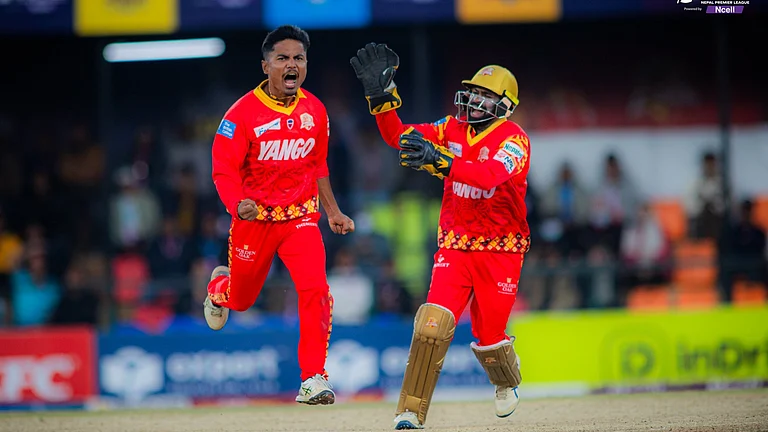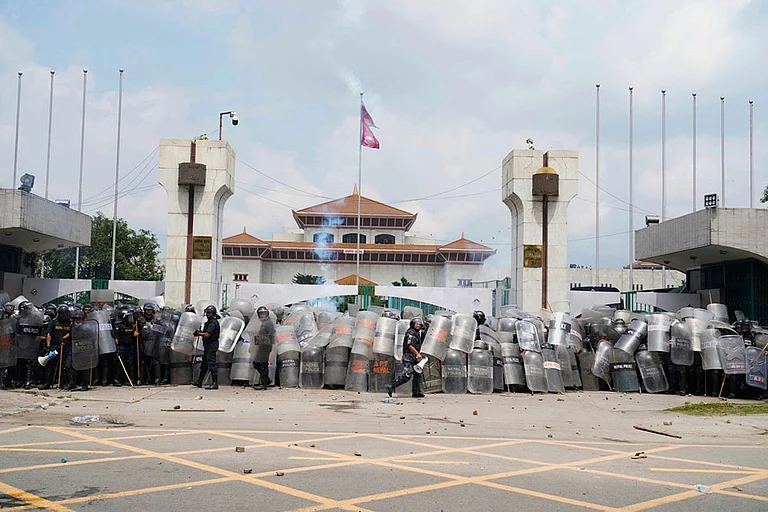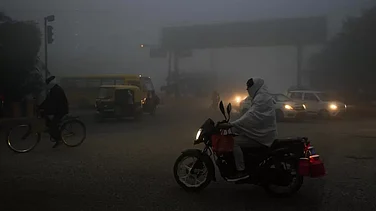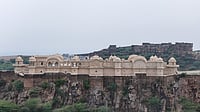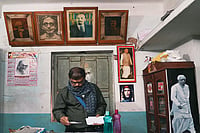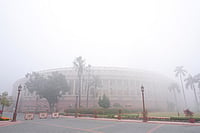
Gen Z-led protests over corruption forced President Andry Rajoelina to flee as a military faction seized control, plunging the country into a political crisis.
Nepal’s youth protests toppled the prime minister and reversed social media restrictions but failed to achieve lasting systemic change.
Both movements highlight a new generation’s power to mobilise through digital platforms but also the limits of leaderless revolts in sustaining political transformation.
A surge of Gen Z energy is shaking political systems across continents, from the bustling streets of Antananarivo in Madagascar to the misty valleys of Kathmandu in Nepal, a generational reckoning with corruption, inequality, and the unkept promises of democracy.
In Madagascar, President Andry Rajoelina reportedly fled the country after the elite CAPSAT military unit threw its weight behind mass youth-led demonstrations. What began as spontaneous rallies against corruption and economic stagnation has escalated into a full-blown political crisis. Opposition leaders allege that Rajoelina escaped aboard a French aircraft, while the United Nations has warned of escalating unrest as protesters occupy government buildings in the capital. The scene is one of unbridled youthful defiance meeting entrenched power, a moment where hope and chaos coexist.
Across the Himalayas, Nepal experienced a similar uprising earlier this year. Driven by frustration over corruption, censorship, and unemployment, Gen Z protesters forced Prime Minister K. P. Sharma Oli resigned and rolled back social media bans. Yet, despite the ingenuity and digital savviness of the young demonstrators, the movement lacked a cohesive ideological backbone, allowing established elites to reclaim control once the immediate fervor subsided.
From Madagascar to Kathmandu, a global pattern emerges: digitally connected, leaderless revolts that excel in mobilisation but falter when it comes to institutionalising change. This phenomenon echoes the Arab Spring and Sri Lanka’s Aragalaya, where viral energy sparked moments of revolution without delivering lasting structural reform.
Nepali Gen Z, however, is far from silent. They experiment with Discord elections, TikTok protests, and memes to satirise the state, channeling dissent into cultural and digital creativity. Their tactics show that while institutions may remain intact, the spirit of defiance is evolving, resilient, imaginative, and unyielding.
Outlook’s October 1, 2025, issue captured this mood with the headline, “Nepal: Gen Z Sets Boundaries,” examining how a restless generation reshaped the national conversation on democracy.
Snigdhendu Bhattacharya highlighted how humor, virality, and street theatre powered the protests, illustrating a Himalayan-sized challenge ahead for youth who aim to confront corruption and political stagnation simultaneously.
In contrast, Chaharika Uppal explains how India’s Gen Z tells a more conflicted story. While Nepalese youth channel discontent into action, India’s young population oscillates between apathy, right-wing zeal, and sporadic dissent. Anand Teltumbde explores how a common thread endures across borders: a glimmer of hope, a belief in the potential of democracy, and the restless desire to shape their future despite economic uncertainty, inflation, and high unemployment. And Rani Jana shares how Nepali youth used humour, memes, and viral videos to power protests against corruption and political stagnation.
The global Gen Z movement, whether in Kathmandu or Antananarivo, signals a generational insistence: the old political order will not go unchallenged, and the streets and screens of the world are now their arena.








